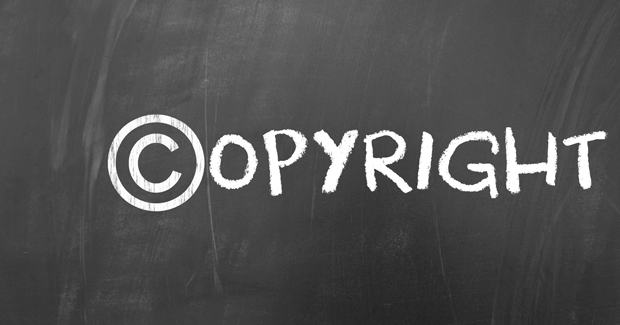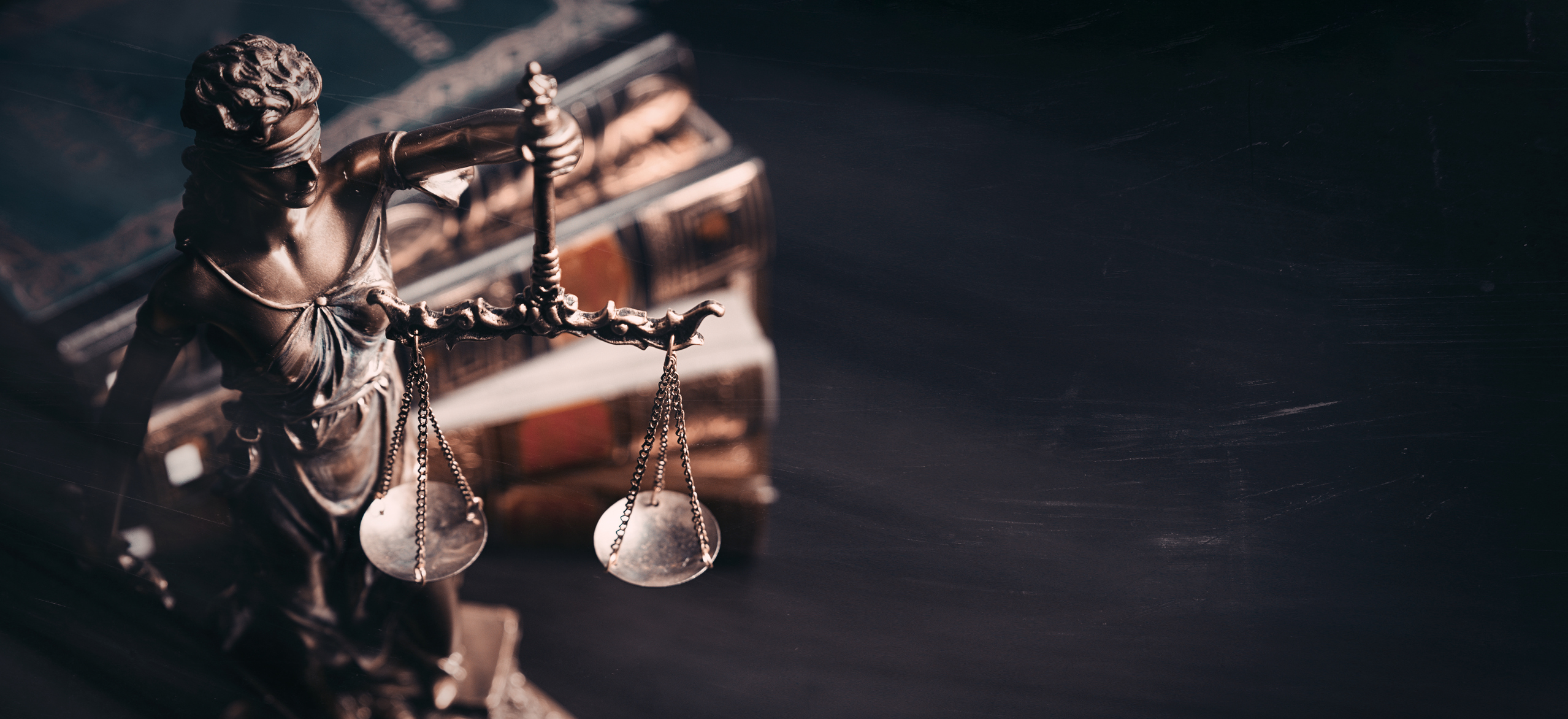
How to Navigate the (Confusing) World of Image Use
By: Michael Olson
In just a few short years, the Internet has expanded into something we utilize daily. With the immeasurable information available online, it is estimated that more than 1.8 billion photos are uploaded and shared each day, and that number shows no signs of plateauing. Platforms such as Snapchat, Instagram and Facebook make sharing photos as simple as the click of a mouse, but the simplicity of sharing also brings complications.
How much thought, if any, do you give when sharing an image or deciding on a picture for your blog post, newsletter, website, etc.? It seems as simple as copying and pasting or saving and uploading, right? Not quite.
With a vast amount of images online, it’s best to always assume every image you find online is copyrighted.
After March 1, 1989, most images were no longer required to have a watermark or “©” to show they were copyrighted, which has mislead many people to believe there are no restrictions to use.
So, how do we know which pictures we can and can’t use? What do you do if you aren’t sure about an image’s usage options? Let’s take a look at some possibilities when deciding on an image.
Can I Use it For That?
Depending on the intended use can change which rights to that image are available. The copyright holder may have an image available for use on your blog, but could have different guidelines for use on Twitter. Unless the image is in the public domain or you are the copyright holder, checking image rights is crucial before using.
Give ‘Em Credit
Sharing someone’s photo? Make sure you take a look at the creative commons licenses to make sure you are abiding by the rules. Many people don’t mind sharing their photos as long as you give them the credit they deserve. There are different types of licenses that determine usage rights chosen by the creator (commercial use, ability to edit the work, download only, etc.).
Fair Use ≠ Free Use
Fair use is a tricky topic. In short, fair use is a legal exception infringing on someone’s copyright without providing attribution. As long as the use doesn’t interfere with the owners’ rights or their work, you should be in the clear.
Stock Photography: What You Need to Know
Using stock photography streamlines the process and lessens the hassle of determining if a certain picture is okay for use. Two types of stock photography, royalty-free and rights-managed use, are important to understand when choosing a photo. Some images are available for free, but with rights-managed images you typically will have certain restrictions regarding use, and even royalty-free doesn’t necessarily mean “free.”
Royalty-free images have licensing fees, and once that is paid, you are able to use them for as long as you like, according to your license agreement. Utilizing stock photography is an easy solution, and probably your best bet if you are unsure about an image selection. Websites such as iStock and Adobe Stock are great resources to check out for stock photography.
I Messed Up, Now What?
Have you used a photo on a website, blog, newsletter, etc. that you didn’t have permission to repurpose? If you’re unsure, it’s always best to delete it and find one that you know you can use.
If you know you’ve used a photo without permission, you’re taking the risk of being served a cease and desist, which requires the immediate deletion of the photo. Failing to do this could result in fines up to hundreds of thousands of dollars and/or jail time, and no one wants to deal with that.
What is your experience with image use? Let us know in the comments!



